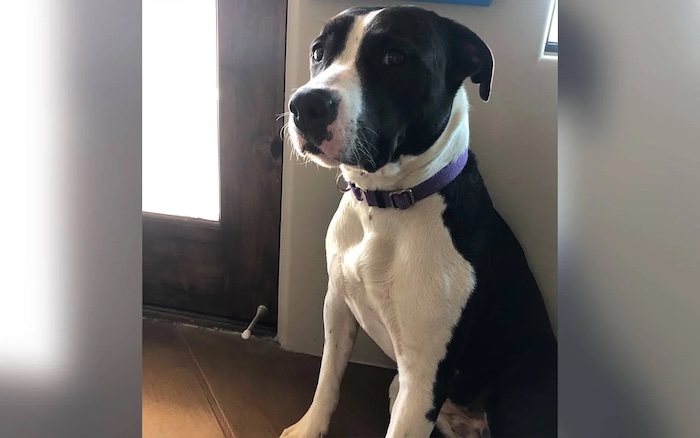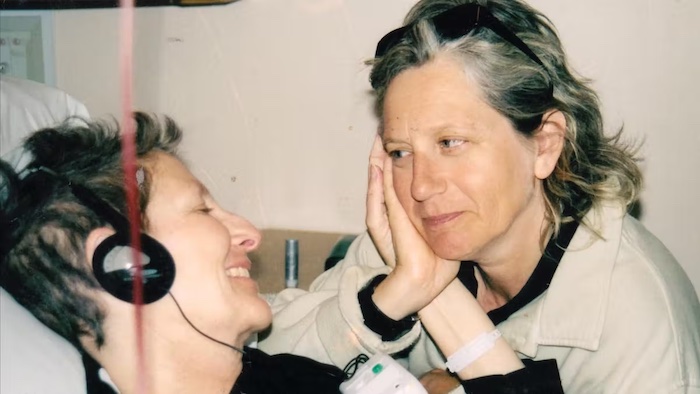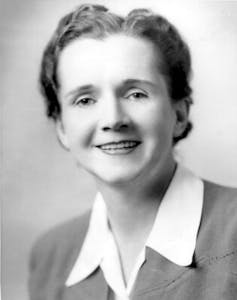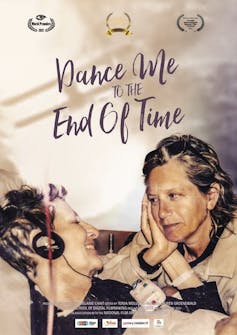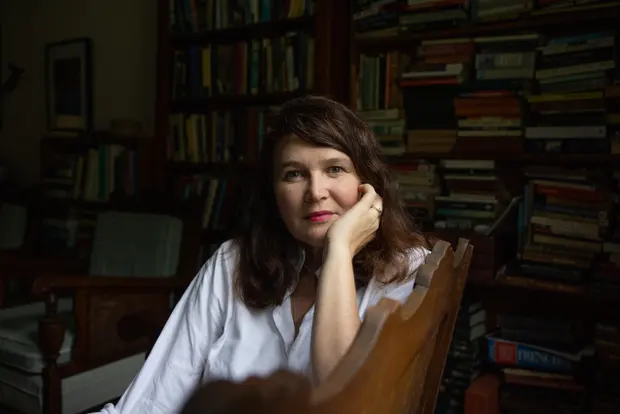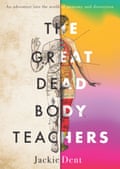— Jennifer O’Brien’s father broke his hip while contending with advanced congestive heart failure. He declined surgery to fix it, opting for a peaceful death instead. She supported him. The system did not.

By Jennifer A. O’Brien, MSOD
“Your dad declined the surgery to repair his hip fracture,” the anesthesiologist blurted incredulously over the phone. “Okay. I guess there’s no surgery then,” I responded. “Well, here, talk to the orthopedic surgeon,” he protested. I shrugged and said, “Okay” to no one as the anesthesiologist handed the phone to the orthopedic surgeon. The surgeon came on: “Your dad declined the surgery!” he exclaimed. “I heard,” I said. “I mean, your father said ‘No!’” I could visualize the surgeon’s wide eyes.
My dad was 85 years old with advanced congestive heart failure and severe lung disease. He had fallen two days before and sustained a neck of femur (NOF) fracture, also known as a hip fracture. I had been very involved in my dad’s healthcare for several years. His mind was sharp.
Several years before that, he had signed a do not resuscitate (DNR) order, a legal document saying that in the event of a cardiac arrest he did not want to be resuscitated, as well as a do not intubate (DNI) order, a legal document stating he did not want to be intubated in an emergent situation in which he was unable to breathe. Because “Do not ____” instructs clinicians to hold something back, these code status documents may also be referred to as an instruction to “allow natural death.”
The orthopedic surgeon was unconvinced, however, and pressed on. “He declined the surgery!” “Yes, I heard. My dad is crystal clear cognitively and entirely capable of making this decision, so I guess you can take the rest of the night off,” I told him. The surgeon chuckled and mumbled, “I wish.” At this point, he seemed to realize that while he may have to work into the night, it would not include operating on Jim O’Brien. We said our goodbyes and hung up.
About 30 minutes later, I called my dad and told him that while I would have supported his decision either way, I felt he had made a good choice.
My dad’s congestive heart failure had reached the final stage. He barely had the strength to stand and ambulate enough for trips to the bathroom. A sudden cardiac arrest was distinctly possible, if not likely. His advanced lung disease meant that for the last two years, his ability to breathe had been entirely dependent on a bilevel positive airway pressure, or “BiPAP,” ventilator.
By “entirely dependent,” I mean he could not exist, for even a few minutes, without a large face mask that covered his nose and mouth while forcing oxygen into his lungs. He could eat for a few minutes at a time but had to have a nasal cannula in order to breathe.
He was likely to die soon, and a major surgery now might well have ruined any chance he had of a peaceful, comfortable end of life.
The reactions of the two physicians who called made me realize that our case was unusual, both because of my dad’s decision against surgery and my unequivocal support of his decision. I got the impression most family members would have responded, “Oh no, let me talk to him.” They would have then called and said, “Daddy, if you don’t have this surgery you are going to die!”
But here’s the thing, he was going to die.
And while our deaths may not be as imminent as his was, so am I and so are you going to die. At the end of life comes death. At the end of a long life, with or without comorbidities, an NOF fracture may indeed be the onset of that final phase of life.
My late husband, a surgeon for 30-plus years and then a retrained, board-certified palliative medicine physician for another 10 years, named this final phase of life “Precious Time.”
He always said it with the emphasis on the first word, Precious Time. Precious Time is when death is likely, if not imminent. Precious Time is a type of time, the period of life that comes at the end. Not everyone has Precious Time; a sudden death does not allow for Precious Time.
Knowing that a loved one is into Precious Time allows for saying what needs to be said and doing what needs to be done, such as: I love yous, apologies, and reconciliations. Precious Time allows you to keep to yourself and not say what you might later regret. In recognizing that we are into Precious Time, we can minimize or eliminate the subsequent I-thought-we-had-more-time regrets and focus on the love, the honor, and the bereavement rather than a vague or acute befuddled remorse because we just didn’t want to talk about end of life.
Even with surgery to repair the hip fracture, there is a 27 percent 12-month mortality rate among 65-plus-year-olds. That is, there is a 27 percent chance that an otherwise healthy 65-year-old will not survive more than a year post NOF fracture. Add more years and comorbidities, and that mortality rate only increases. In other words, an NOF fracture, with or without surgery, is often the beginning of the end.
Another statistic is that 80 percent of people want to die at home rather than in a hospital or facility, “hooked up to a bunch of machines,” yet only about 20 percent do.
If we put these statistics together and add our just-fix-it culture, which has us operating now and asking questions later, I submit that a patient having to remain intubated postoperatively or never recovering is not the way we make the most of that Precious Time and not the way that most people want to spend their last days, weeks, or months.
And, having now lost every member of my family, including my husband, I can say from experience that when surviving loved ones are able to recognize and face that they are into Precious Time, they are likely to have an easier transition to grief and loss.
Fortunately for my father and me, my late husband taught me well. After my dad’s decision to forgo the surgery, I got in the car and drove across the country. In his hospital room, we talked about the fact that he was dying, and that the most comfortable way for that to happen was to convert his inpatient status to hospice, remove the BiPAP after a sedative, and he would sleep into an entirely natural death.
My dad and I spent our Precious Time together. We said our goodbyes as the medication took effect. I told him I loved him because I know that hearing is the last sense to go. I stayed with him until he took his last breath and then made the disposition arrangements we had discussed years prior. It was a beautiful, peaceful death at 85 years old, one week post NOF fracture.
In the three years since I had allowed the art journal I kept during the 22 months I cared for my husband, and about 18 months after his death, to be published as the book The Hospice Doctor’s Widow: A Journal, I have spoken on what I call the Triad of Certainty:
- At the end of life comes death.
- There are no do-overs in end of life.
- Changed forever, surviving loved ones remain and remember.
There is absolutely no one who will not die at the end of life — no one. Some of us don’t get married, don’t have children, but all of us die. And if we are lucky enough to love others, there is a good chance that one or more of them will die before us and their death will have an impact on us for the rest of our lives.
I am not saying that if you or your elder loved one sustains a NOF fracture, they should forgo the surgery. I am saying that protocol for an NOF fracture in a patient older than 65 should call for a pause rather than an unquestioned trip to the OR.
And that pause should include a consultation with a family practitioner, gerontologist, palliative care team, medical ethicist, social worker, end-of-life doula or whoever can facilitate a meaningful conversation, or more likely a series of conversations. These conversations should assist the patient and family in recognizing Precious Time, establishing the goals of care, and having a say in designing their end-of-life experience (even if it ends up being years hence).
Complete Article ↪HERE↩!
